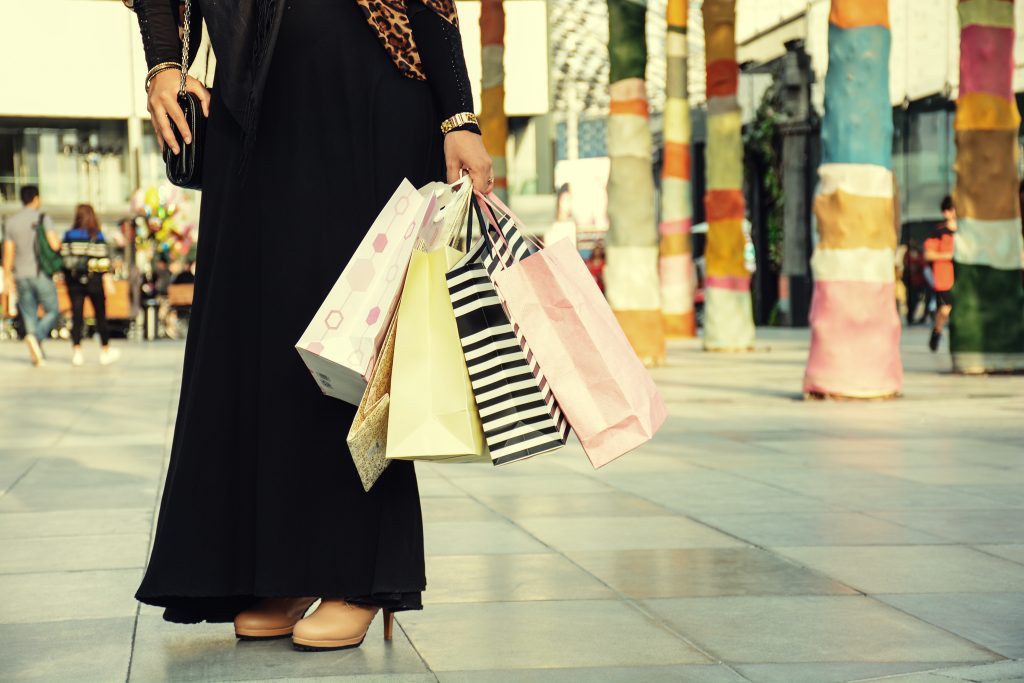Saudi Arabia’s fashion market is set for significant growth, with the Saudi Fashion Commission’s recent report predicting an increase from $30 billion in 2023 to $42 billion by 2028. This sector will contribute 2.5% to the Kingdom’s GDP.
Burak Cakmak, CEO of the Saudi Fashion Commission, highlighted the alignment of this growth with the country’s broader strategy to become a global fashion and tourism hub. He noted the rapid acceleration in the industry, linked to Saudi Arabia’s Vision 2030, which aims to diversify the economy.
The report identifies several drivers of this growth, including the rising participation of women in the workforce, which grew from 22% in 2018 to 34% in 2022, enhancing purchasing power and demand for fashion. Additionally, with 60% of the population under 30, young Saudis are blending global trends with cultural heritage.
Cakmak emphasized this fusion of tradition and modernity as a hallmark of Saudi fashion. He noted that both international and local brands are enhancing retail experiences by combining these elements.
Local designers are also gaining prominence, supported by initiatives like the Saudi 100 brands program, which offers mentorship, investment, and visibility. “We provide a supportive environment for new ventures to deliver at the highest level,” Cakmak said.
The launch of Riyadh Fashion Week and Red Sea Fashion Week has further structured the industry’s calendar and ecosystem. Tourism, projected to grow from 27 million visitors in 2023 to over 75 million by 2030, is expected to significantly boost retail spending. The Fashion Commission launched the region’s first resortwear-focused fashion week at the Red Sea last May.
With numerous hotel megaprojects targeting a premium luxury audience, the retail landscape is evolving rapidly. Over the next decade, 20 new retail projects will add 8 million square meters of leasable area, attracting international brands. The Fashion Commission supports these brands with data-driven insights to attract investments.
The report also highlights gender equality in Saudi Arabia’s fashion industry, where women now constitute 52% of the workforce, with 90,000 new jobs for women in the past two years. These roles span from designers and entrepreneurs to retail professionals and executives.
Looking ahead to 2025, the goal is to cover every element of the fashion value chain, including investing in advanced manufacturing facilities and technologies to support local designers. “We aim to delve deeper into textiles and manufacturing,” Cakmak concluded.
